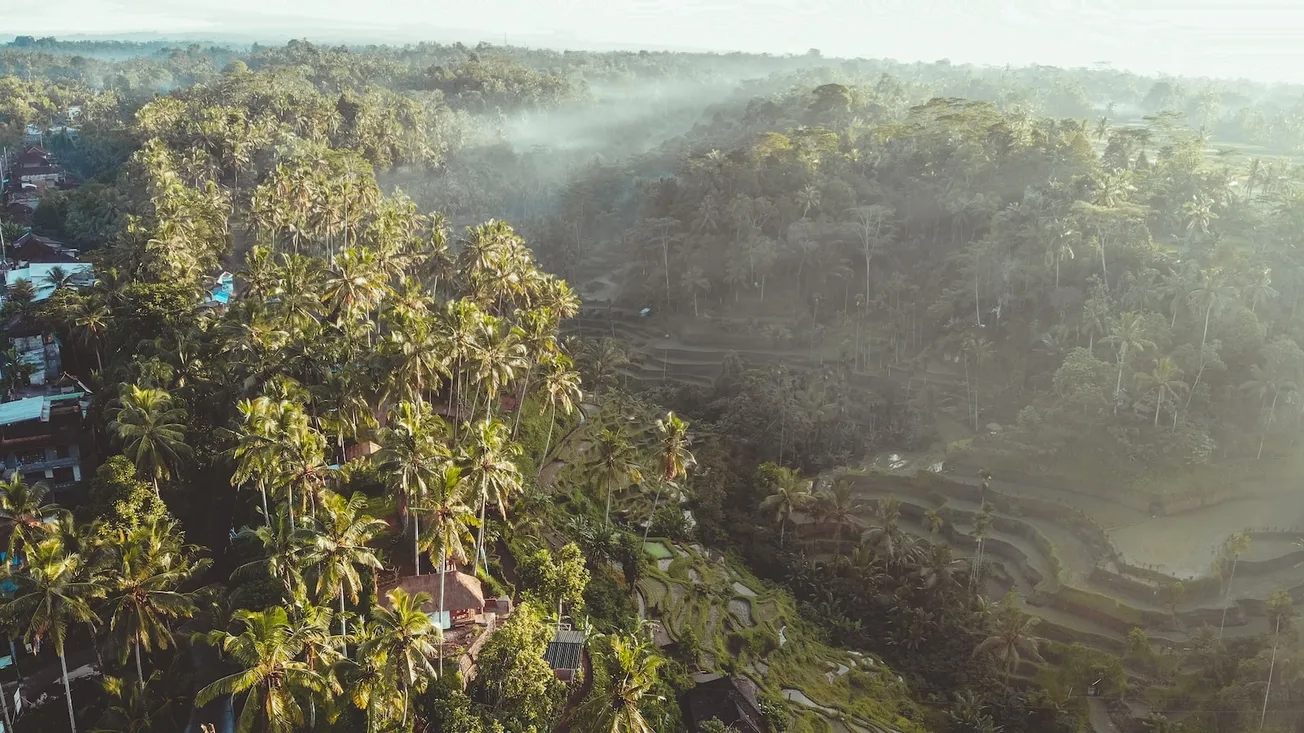As BFD readers may recall, I’ve posted several times about the Lost Continent of Zealandia. What is now New Zealand and New Caledonia are the last highlands of Zealandia left poking above the Pacific waters.
But there’s another leftover chunk of Gondwana that’s getting in on the Lost Continent action. This time, it’s to the north and west of Australia.
New research may have just solved the 155-million-year-old mystery of what happened to a small, lost continent that once broke off from northwestern Australia.
Scientists have suspected for some time that this landmass, known as Argoland, divorced itself from the Australian continent, thanks to evidence of a deep ocean void off the northwest coast of Australia. But after that, the trail went cold.
What happened to Argoland, and where it went, proved to be elusive questions until recently.
The geologic history of Argoland is not unlike Zealandia’s. When the Gondwanan supercontinent broke up, its major pieces – Australia, India, Antarctica and South America – set off on their respective global travels, but remained relatively intact and above water. But where Zealandia just mostly sank under the waves, Argoland really got the sharp end of the tectonic stick: broken to bits and then the bits were mostly drowned.
Until now, researchers could only wonder where all of those pieces went.
“We knew it had to be somewhere north of Australia, so we expected to find it in Southeast Asia,” Eldert Advokaat, a researcher at [Utrecht] University in the Netherlands who served as lead author on the new study, told Live Science.
Their study, published in the journal Gondwana Research, outlines how Advokaat and his colleagues worked backward to reconstruct Argoland’s ancient journey.
They knew that Argoland’s fragments had drifted northward after breaking off, and so they began their search again, this time beginning at the end of the lost continent’s journey in Southeast Asia.
Here, they detected traces of the continent via tectonic “mega-units” scattered across the ocean floor. This also revealed the presence of the remnants of small oceans that had formed around 200 million years ago, which researchers believe formed as tectonic forces moved the earth and, eventually, caused Argoland to fissure and break off.
It didn’t vanish, though. It’s now believed that a long strip of Argoland is “hidden beneath the green jungles of large parts of Indonesia and Myanmar”.
The notion of ‘lost continents’ has been with us for a long time. At least since Plato first talked about Atlantis, nearly 2500 years ago. Later on, some proposed a lost Pacific continent called Lemuria, to explain the presence of lemur fossils in India and Madagascar, but not Africa or the Middle East (where they would presumably have showed up, if they migrated that way).
While Lemuria eventually fell out of favour with everyone except occultists and pulp fantasy writers (I’ll admit to being a fan of the Thongor books), Alfred Wegener’s theory of plate tectonics spurred a whole new scientific interest in how continents form, fragment, appear and disappear.
As study co-author Douwe van Hinsbergen said, observing the life and death of continents is “vital for our understanding of processes like the evolution of biodiversity and climate, or for finding raw materials. And at a more fundamental level: for understanding how mountains are formed or for working out the driving forces behind plate tectonics.”
When pieces of Argoland collided with the ancient landmass that became Southeast Asia, it altered the biological landscape, contributing to the region’s rich biodiversity of today.
Ultimately, while the team did not uncover any ancient lost civilizations or human-lemur hybrids, this new research does offer a bevy of useful information that can guide future research into how our planet formed – and how it could change in the future.
All That’s Interesting
Oh, now I suppose you’re going to tell me Thongor, Princess Sumia and the Dragon City never existed?








